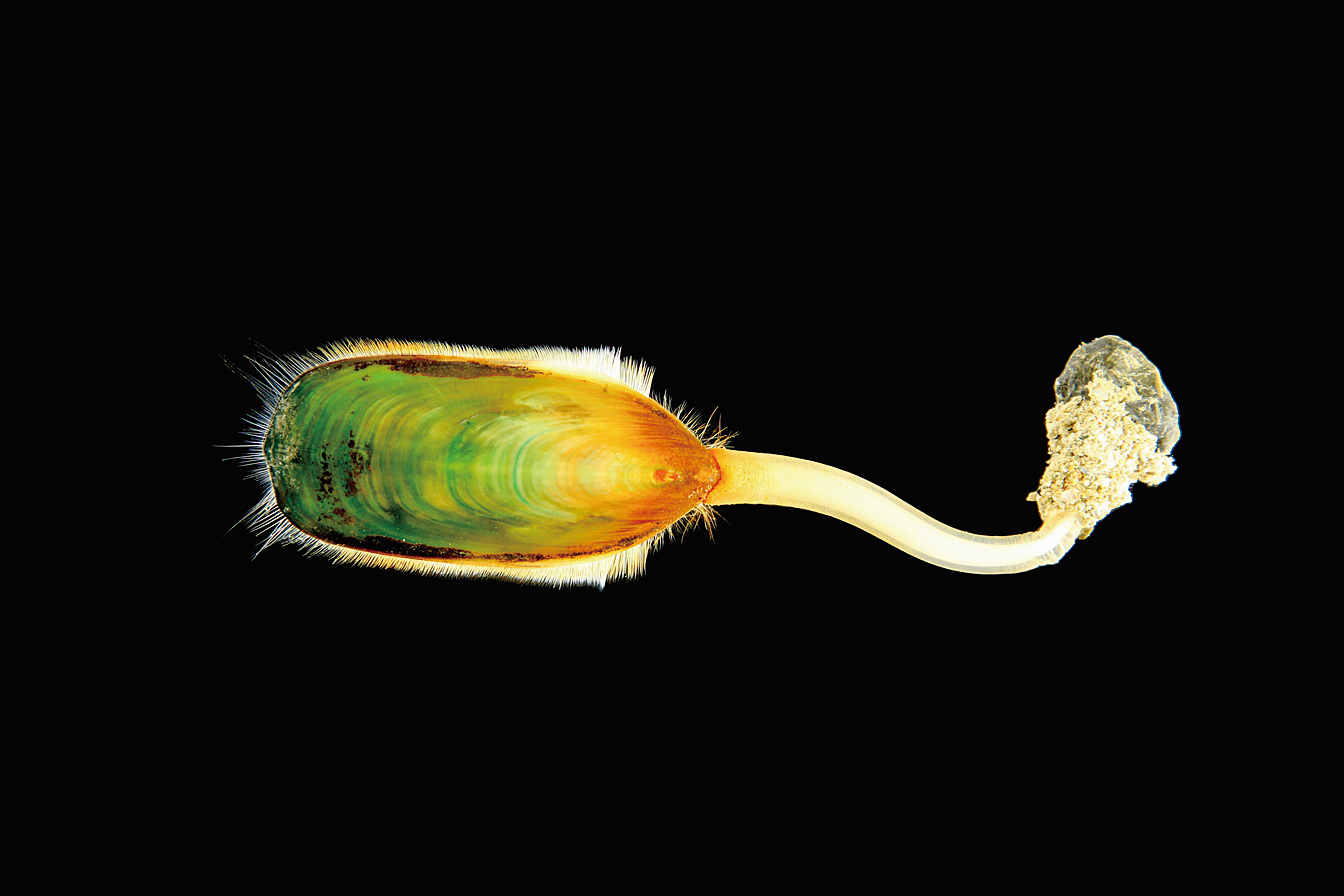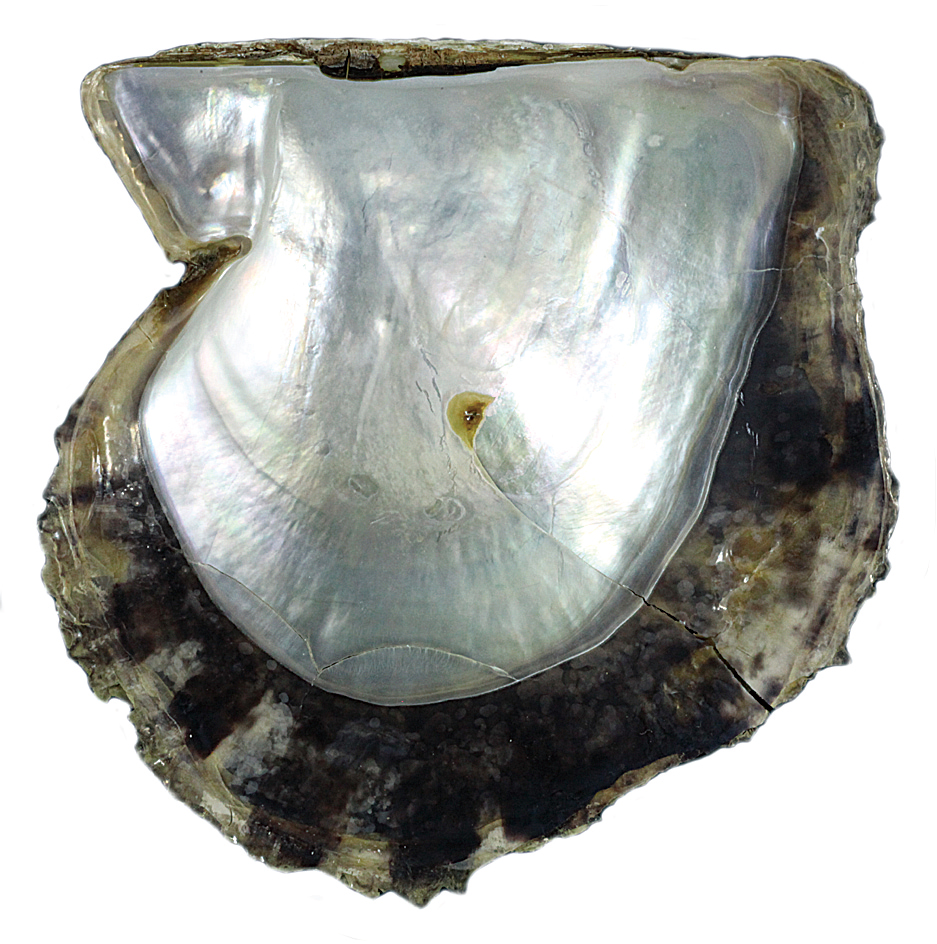B11
Genome-sequenced specimens of Brachiopoda and Mollusca
Whole-genome sequencing first started in the 1990s, and since then genome structure of many speices has been revealed in vertebrates. Genome studies of invertebrates were launched later, and in molluscs fist genome data was published for the pearl oyster Pinctada maxima in 2012. A recent genome study on brachiopod (Lingula anatina) genome published in 2015 revealed (1) that mollusks and brachiopods are phylogenetically close, (2) some common genes of biomineralization are shared between mollusks and Lingula, but not between vertebrates and Lingula, and (3) Lingula also has acquired unique shell matrix genes. Specimens on exhibit are voucher specimens of genome sequencing for Pinctada fucata and Lingula anatina. (Takenori Sasaki)
References
Takeuchi, T. et al. (2012) Draft genome of the pearl oyster Pinctada fucata: a platform for understanding bivalve biology. DNA Research 19: 117–130.
Endo, K. & Takeuchi, T. (2013) Annotation of the Pearl Oyster Genome. Zoological Sicence 30: 779–780.
Luo, Y.-J. et al. (2015) The Lingula genome provides insights into brachiopod evolution and the origin of phosphate biomineralization. Nature Communications 6: 8301.


